I'm excited for the Samsung Galaxy S25 Edge and iPhone 17 Air, but I'm worried they'll make too many compromises
Smartphone thinness rarely comes without trade-offs
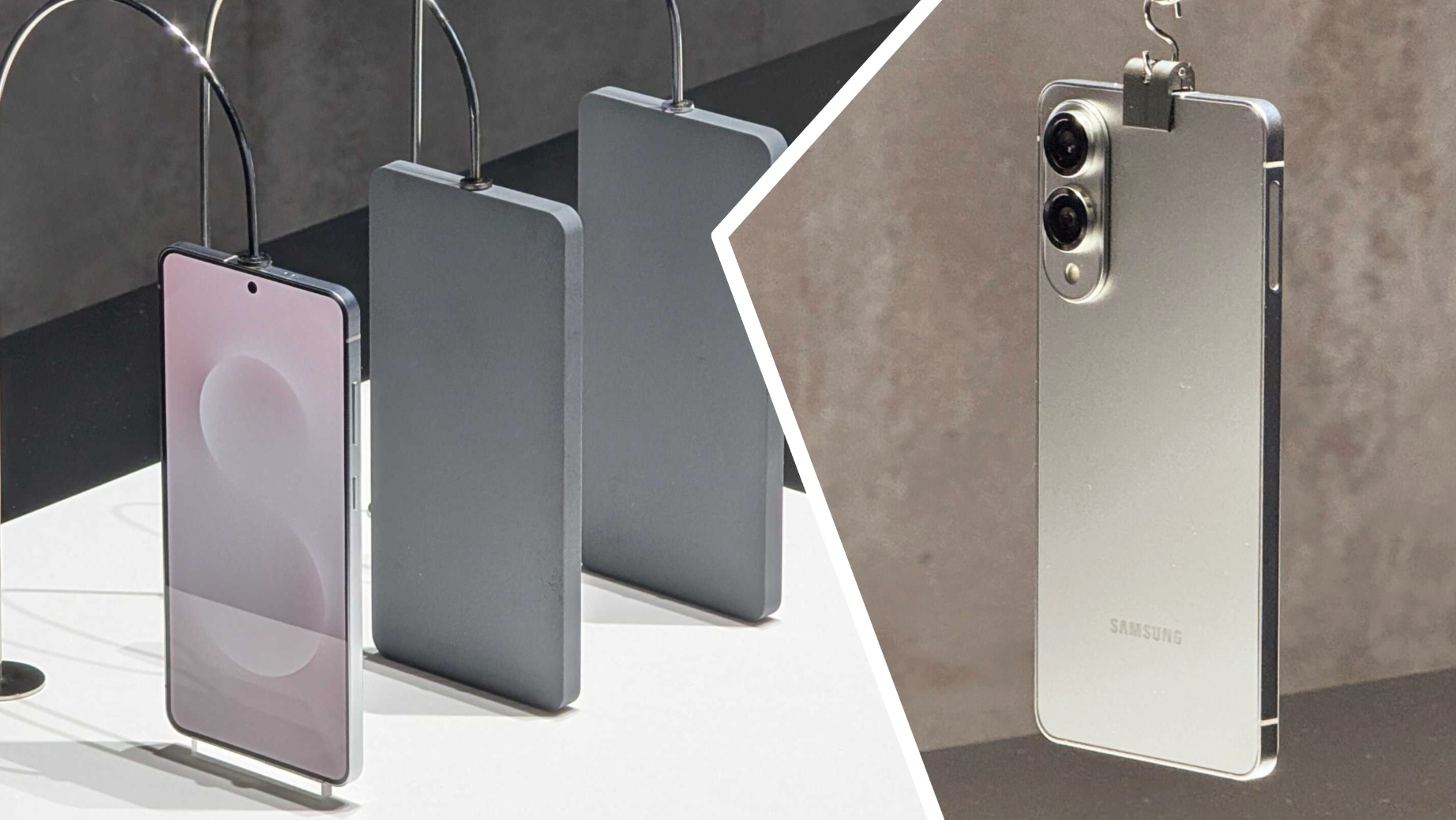
Thin smartphones never really went away, but they have fallen a little out of fashion in recent years.
Pick up any of the top devices in our best phones list, and you’ll find a familiar theme: performance, battery life, and camera quality are the priority. Sleek design still matters, but not if it comes at the expense of usability.
And yet 2025 looks set to be the year that manufacturers like Apple and Samsung take another serious swing at the ultra-thin dream.
Apple’s iPhone 17 Air is rumored to be a bold return to minimalism, with reports teasing a dramatically slim frame that sets it apart from the rest of the iPhone lineup, none of which are especially hefty devices already.
Samsung, too, is preparing to release the Samsung Galaxy S25 Edge, which we know is similarly focused on cutting down bulk in favor of a sleeker silhouette (indeed, Samsung recently told TechRadar that the device will be "sexy").
The potential reinvigoration of overly thin smartphones is interesting because, if we’ve learned anything from past design trends, it’s that thinner doesn’t always mean better – and it rarely comes without trade-offs.
In this article, then, we'll be weighing up the potential compromises that both the iPhone 17 Air and Galaxy S25 Edge could make in their pursuit of aesthetic perfection.
Get daily insight, inspiration and deals in your inbox
Sign up for breaking news, reviews, opinion, top tech deals, and more.
A familiar obsession – and why it faded
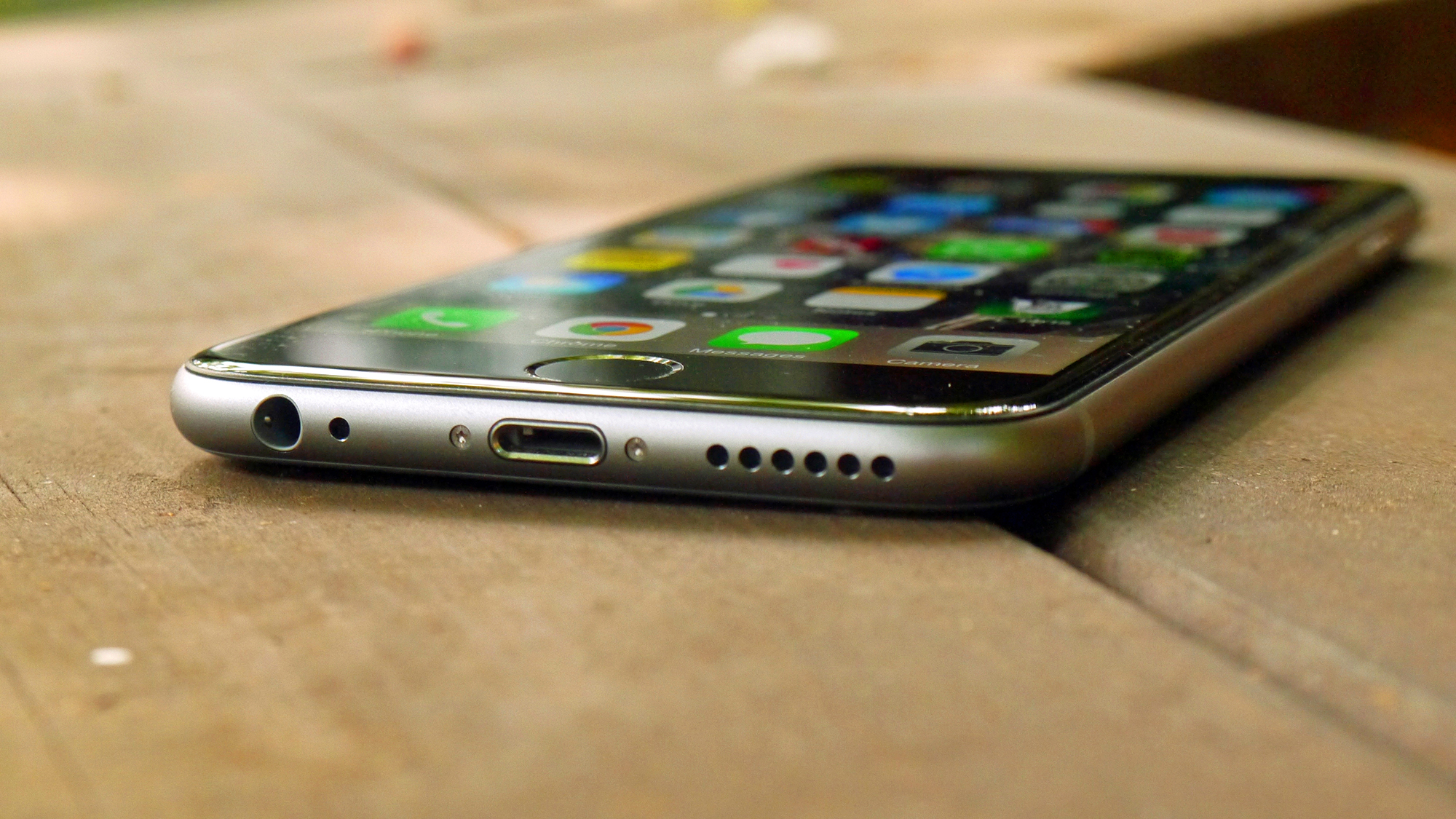
This isn’t the first time smartphone makers like Apple have chased thinness as the ultimate design goal.
Back in the early 2010s, there was a clear obsession with making devices slimmer with each release. Apple trimmed the iPhone 6 down to 6.9mm, Motorola launched the Moto Z with a modular design to compensate for its thin chassis, and Oppo pushed boundaries with the R5, which was just 4.85mm thick.
At the time, thinness was treated as a headline feature, often associated with innovation and premium engineering. But the compromises quickly became apparent. Thinner phones typically meant smaller batteries, inferior thermal performance, and more fragile frames.
In some cases, camera quality was affected by the lack of space for larger sensors and stabilization hardware. The industry gradually shifted focus, recognizing that usability and longevity mattered more than shaving off an extra millimeter.
That shift is reflected in the flagship phones we see today. Devices like the iPhone 16 Pro Max, Samsung Galaxy S25 Ultra, and Google Pixel 9 Pro aren’t designed to be ultra-thin; they’re designed to perform while remaining durable and strong.
In hindsight, it’s clear why the ultra-thin trend faded. There’s only so much internal space you can sacrifice before doing so starts to impact the experience in meaningful, everyday ways.
Why thin is back on the menu, boys
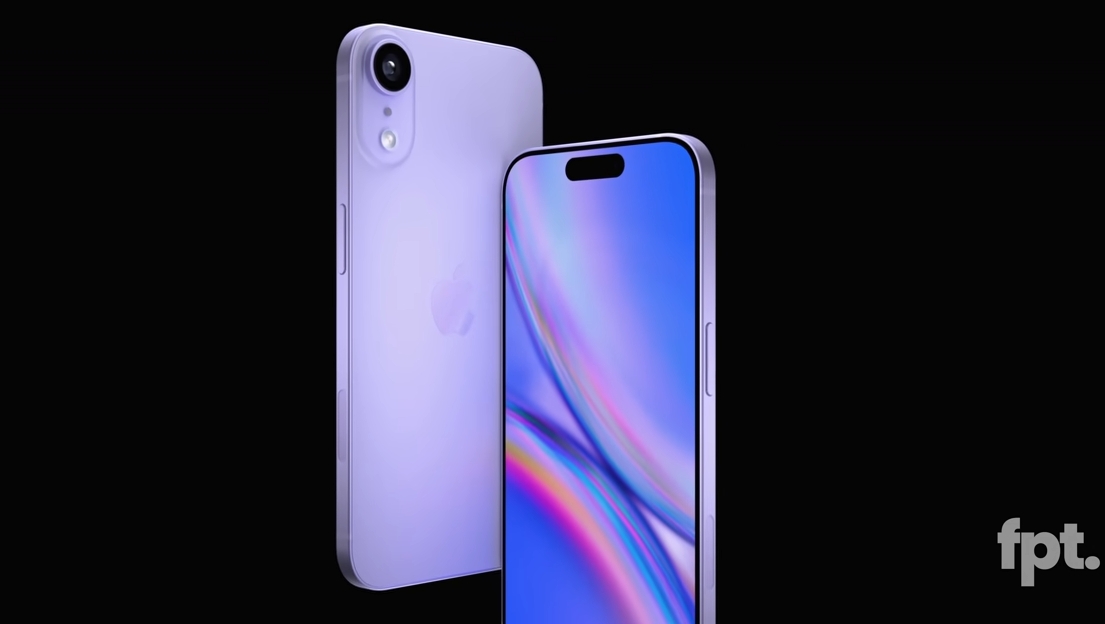
So why is ultra-thin making a comeback now?
Part of it comes down to advances in materials and internal design. Smartphone components, from chipsets like Apple's M-series chips to batteries, have become more compact and efficient.
On top of those innovations, AI-powered optimization helps software do more with less, and new manufacturing techniques make it easier to achieve thinner builds without immediately sacrificing durability.
But there’s also a clear marketing play at work here.
A dramatically slim iPhone 17 Air wouldn’t just look different, it would feel like a design statement, especially in a product line that’s become increasingly iterative and focused on camera improvements (indeed, even die-hard iPhone fans are beginning to criticize Apple for its "boring" approach to iPhone design).
The same is true for Samsung, whose long-confirmed (but still unreleased) Galaxy S25 Edge handset is being positioned as a sleek alternative to the Galaxy S25 Ultra.
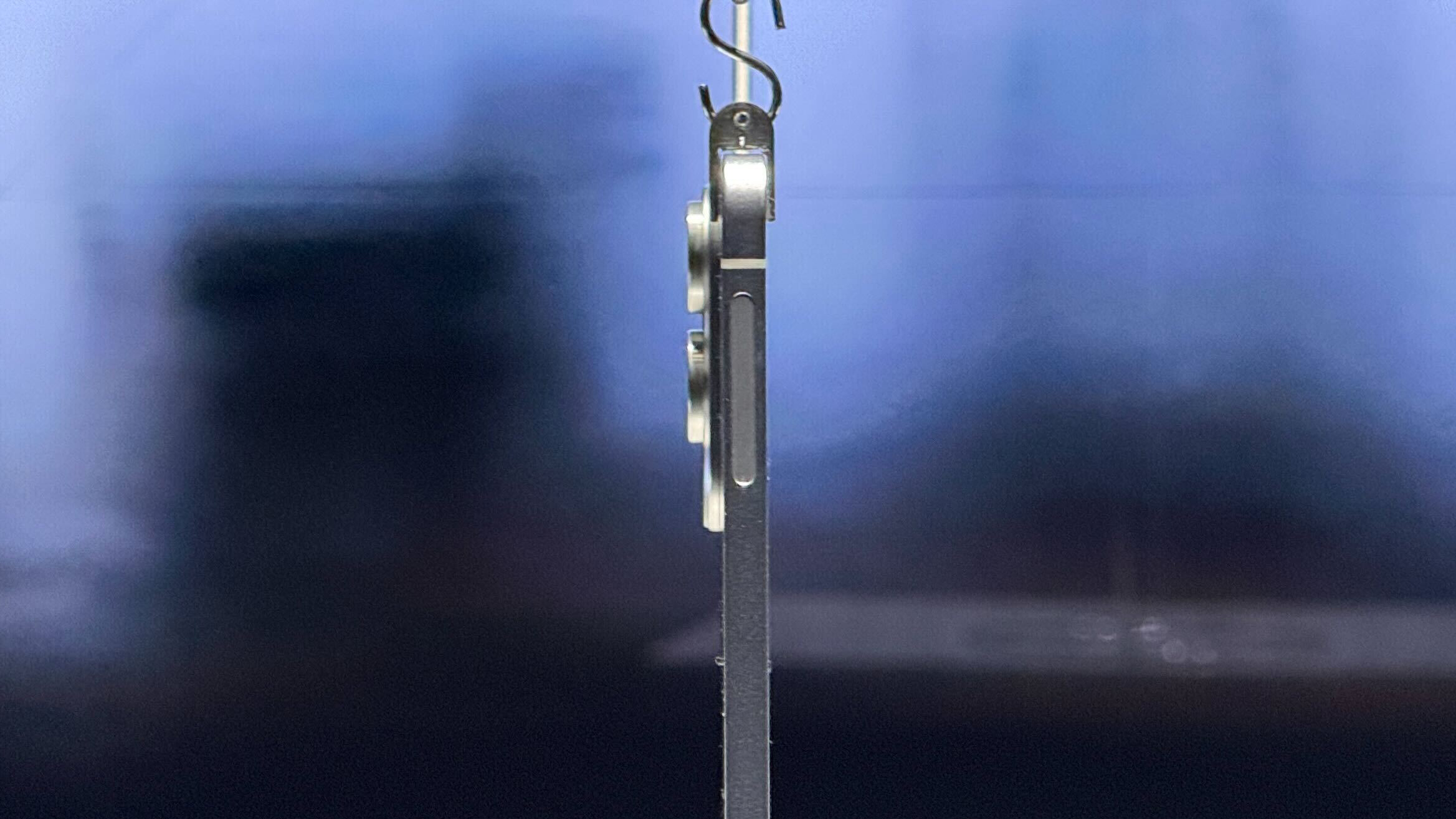
What would we lose?
While ultra-thin smartphones might look impressive, they almost always come with compromises – and they’re rarely minor.
Chief among the potential problems is battery life. Thinner bodies naturally leave less room for a sizeable cell, and although efficiency has improved, the laws of physics haven’t changed. Indeed, the Galaxy S25 Edge has reportedly been certified with a worryingly small battery, which could see it struggle to last a full day.
Camera systems are another concern. Today’s best smartphone cameras rely on large sensors, periscope lenses, and stabilization tech, all of which take up space. Apple, Samsung, and Google have managed to shrink components impressively in recent years, but squeezing a high-end camera into an ultra-thin frame could mean dialling back image quality, or reintroducing camera bumps.
A single-lens rear camera à la the iPhone 16e looks set to adorn the iPhone 17 Air, which would mark a dramatic downgrade on the excellent three-lens array boasted by the iPhone 16 Pro.
While ultra-thin smartphones might look impressive, they almost always come with compromises – and they’re rarely minor.
There’s also the issue of thermal performance. With increasingly powerful processors and AI workloads running on-device, managing heat is becoming more important, not less. A thinner frame means less room for heat dissipation, which could result in throttled performance or simply a hotter phone to hold.
And then there’s usability. Thinner phones often mean fewer ports, smaller speakers, and less tactile buttons.
Features like headphone jacks and expandable storage have already been phased out in the name of streamlining, but going thinner may accelerate that trend, pushing us further into a world of wireless-only accessories and cloud-first usage, whether most people are ready for it or not.
Elegance vs everyday use: Is it worth the trade-off?
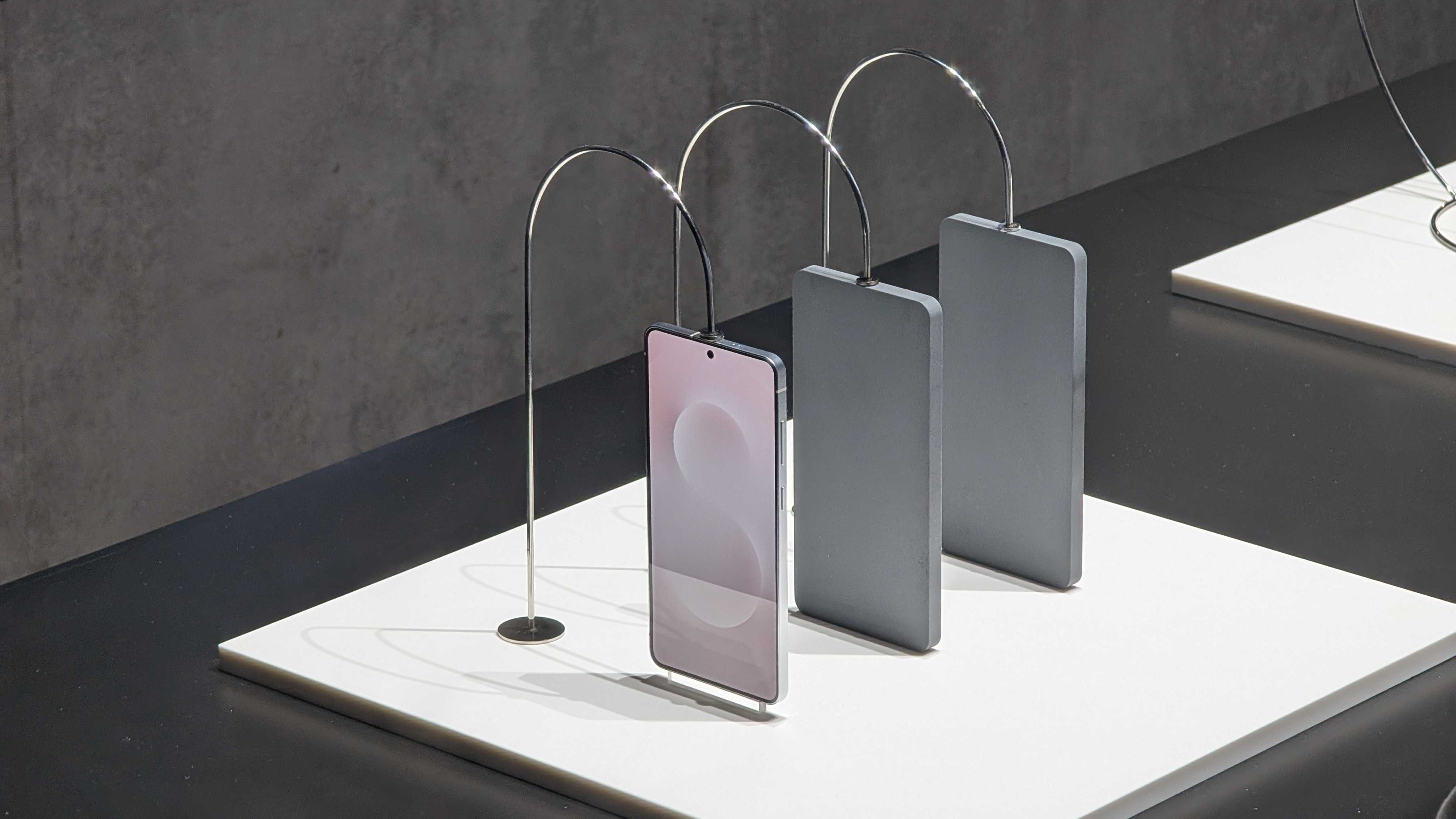
None of this is to say ultra-thin smartphones shouldn’t exist.
There’s real appeal in lighter, sleeker devices, especially if they stand apart from increasingly indistinguishable flagship designs.
If Apple does launch an iPhone 17 Air after Samsung rolls out the Galaxy S25 Edge, these phones could serve as design-first alternatives that complement their respective Pro and Ultra counterparts rather than replace them.
But thinness, on its own, is not innovation.
The best smartphones succeed because they balance form and function: they’re comfortable to hold, powerful enough for any task, and built to last a full day and then some. If ultra-thin designs come at the cost of those essentials, they risk becoming style statements with short shelf lives.
You might also like...
- The best cheap phones: top budget mobiles in the UK
- The best camera phone: top smartphones for photos and videos
- The best Android phones: top performing and most affordable
Max Slater-Robins has been writing about technology for nearly a decade at various outlets, covering the rise of the technology giants, trends in enterprise and SaaS companies, and much more besides. Originally from Suffolk, he currently lives in London and likes a good night out and walks in the countryside.
You must confirm your public display name before commenting
Please logout and then login again, you will then be prompted to enter your display name.